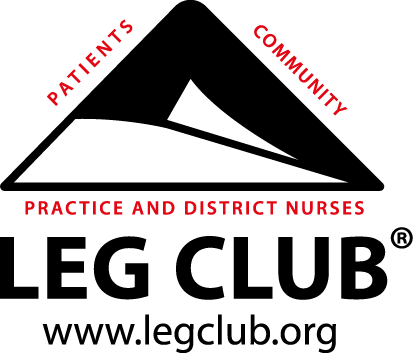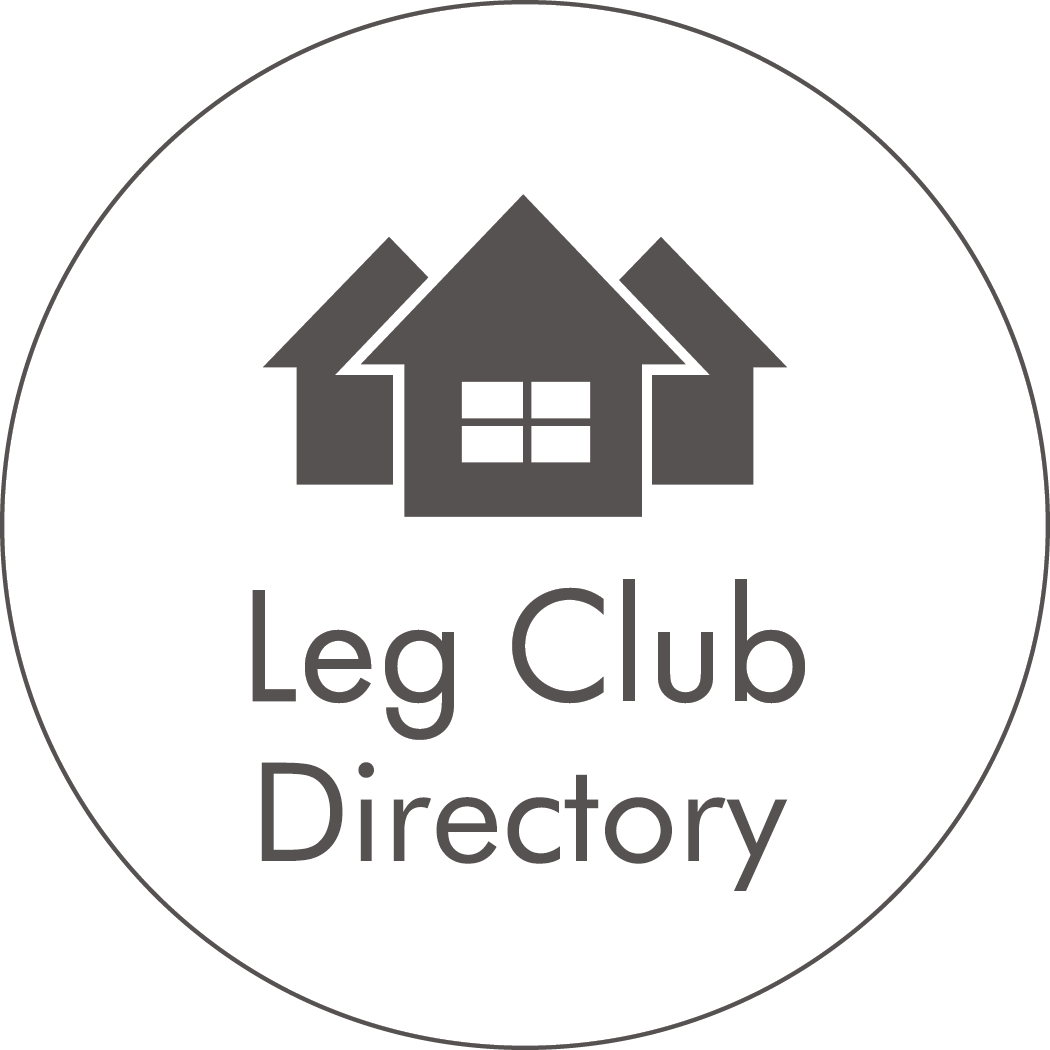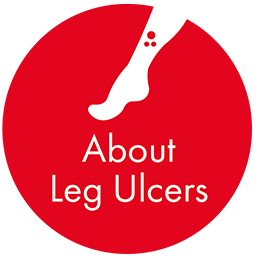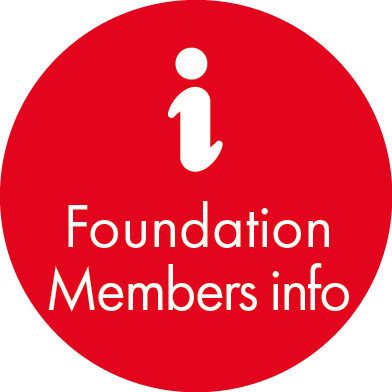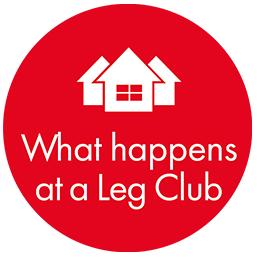What is arterial disease and how do I know if it is affecting me?
Peripheral arterial disease (PAD) is a common condition where a build-up of fatty deposits in the arteries restricts blood supply to leg muscles. It is also known as peripheral vascular disease (PVD).
Many people with PAD have no symptoms. However, some develop a painful ache in their legs when they walk, which usually disappears after a few minutes' rest. The medical term for this is "intermittent claudication".
The pain can range from mild to severe, and usually goes away after a few minutes when you rest your legs.
Other symptoms of PAD can include:
- hair loss on your legs and feet
- numbness or weakness in the legs
- brittle, slow-growing toenails
- ulcers on your feet and lower leg that are deep, dry, and painful
- changing skin colour on your legs, such as turning pale or blue
- shiny skin
- the muscles in your legs shrinking (wasting)
The symptoms of PAD often develop slowly, over time. If your symptoms develop quickly, or get suddenly worse, it could be a sign of a serious problem requiring immediate treatment.
Risk factors include:
- smoking – the most significant risk factor
- type 1 diabetes and type 2 diabetes
- high blood pressure
- high cholesterol
During you lower limb assessment including Doppler your healthcare professional will assess for PAD.
